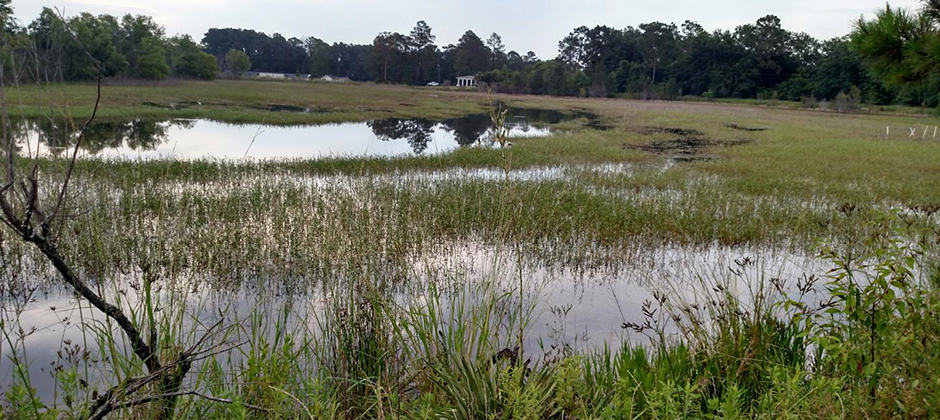Share this article
New mutant ranavirus could decimate frogs
A new deadly contagious frog virus made up of genes from Asia and America has the ability to rapidly wipe out whole amphibian populations.
This ranavirus strain could already be spreading in parts of southern Georgia, and its development points to weak regulations of captive frog farms as well as laws surrounding the importation of exotic wildlife.
“The pathogen transmits extremely efficiently,” said Matt Gray, a professor of disease ecology at the University of Tennessee’s Institute of Agriculture. Gray is one of the co-authors of a study published recently in Ecological Modelling looking at the possible way this new virus could spread through North American amphibian populations.
Ranavirus is common in many amphibian populations around the world. While an American version of the disease can infect amphibians, many species are tolerant to infection. Some research even shows that some toads can induce fever-like conditions to fight the disease.
But in the late 1990s, a type of ranavirus normally found in Asia and Europe called the common midwife toad virus after its original host — was discovered on a captive American bullfrog (Lithobates catesbeianus) farm that sold frogs for pets and human consumption in southern Georgia near Alapaha.
About a decade later, researchers isolated the virus that was infecting these bullfrogs. Soon after, researchers were surprised to find that the European common midwife toad virus had hybridized with the local American variant.
The hybridized ranavirus, known as RCV-Z2, was deadly for the amphibians it infected. Not only was it 100% fatal, but it could also be transmitted via water, direct contact with infected amphibians, or contact with infected dead tadpoles. The authors’ models suggest that RCV-Z2 could persist in the water for months after wiping out a whole population of amphibians. In a separate study, Gray also showed that it could be transmitted to fish.
Gray and his co-authors wanted to predict just how contagious this new hybrid virus was. They tested the virus on populations of the American wood frog (Lithobates sylvaticus) tadpoles since the species ranges widely across much of Canada, Alaska and the northeastern United States. The reasoning was that if the disease could rapidly spread through this species, it could jump to other amphibians around North America.
After experimenting with the virus in wood frogs and running models, they found that the new hybrid pathogen has greater invasion potential than any other previously reported wildlife disease, including chytrid fungi — which also affect amphibians — as well as diseases like chronic wasting disease in cervids and white-nose syndrome in bats.
“It smoked them,” Gray said.” It killed most of the animals. They rapidly developed really clear signs of ranavirus like hemorrhaging and severe swelling of the legs,” Gray said, adding that the hybrid virus was about twice as lethal as the American version of the virus.
The discovery has implications for regional and international wildlife trade, Gray said. While international import of some animals and even fish for aquaculture is currently regulated, no regulations exist for importing amphibians, even if they are meant for food or breeding farms.
Gray speculates that the owner of the farm where the hybrid virus originated may have imported some bullfrogs from Asia. Those bullfrogs may have been the original source of the common midwife toad infection in southern Georgia, which allowed it to hybridize to create this super bug.
And because high concentrations of frogs exist in these types of farms, this makes them rife for disease development and spread.
“You can have a pathogen basically evolving in these farms then being released, often at very high concentrations,” Gray said.
The farm in southern Georgia raised the frogs in outdoor ponds with water that drains directly into surrounding wetlands. Gray and wildlife biologists with the Georgia DNR are currently conducting surveys to see if the disease spread from the farm, but it’s hard to find out since many of the immediate amphibians surrounding the area may have already been wiped out if it did.
“We might be essentially looking for the ghost of pathogens past,” he said.
Header Image: The RCV-Z2 index site near the Alapaha River in Georgia. Photo courtesy UTIA








